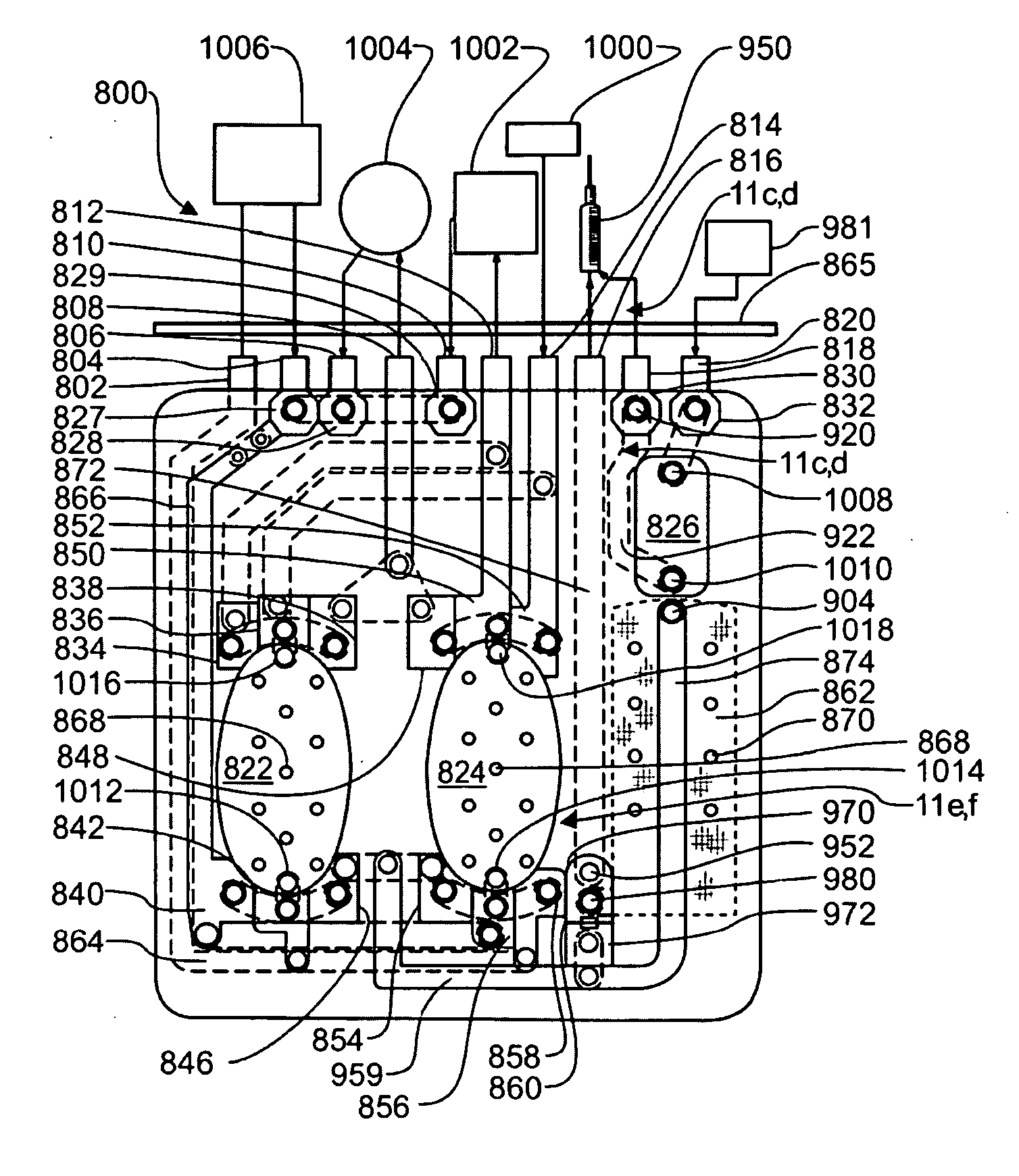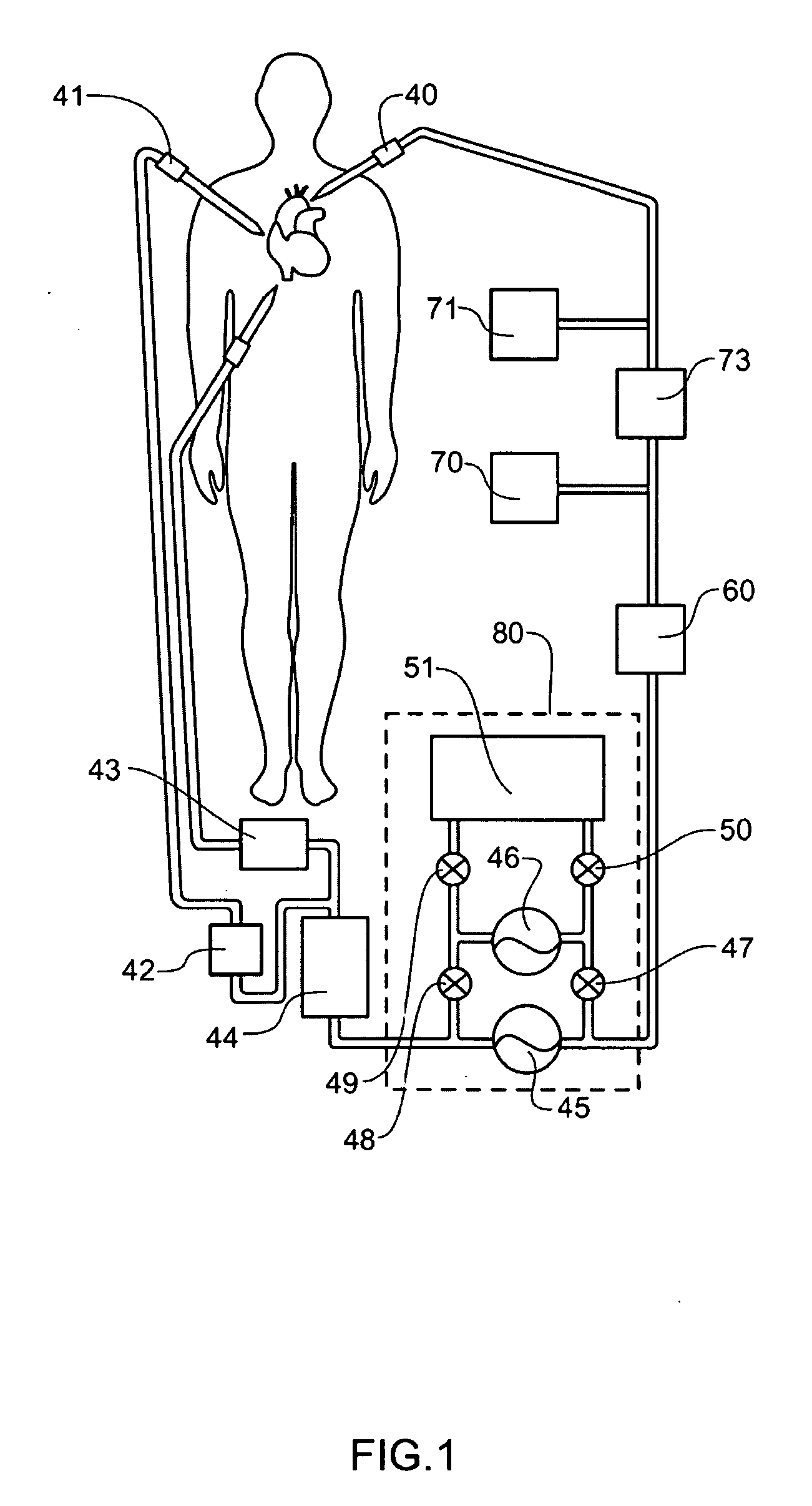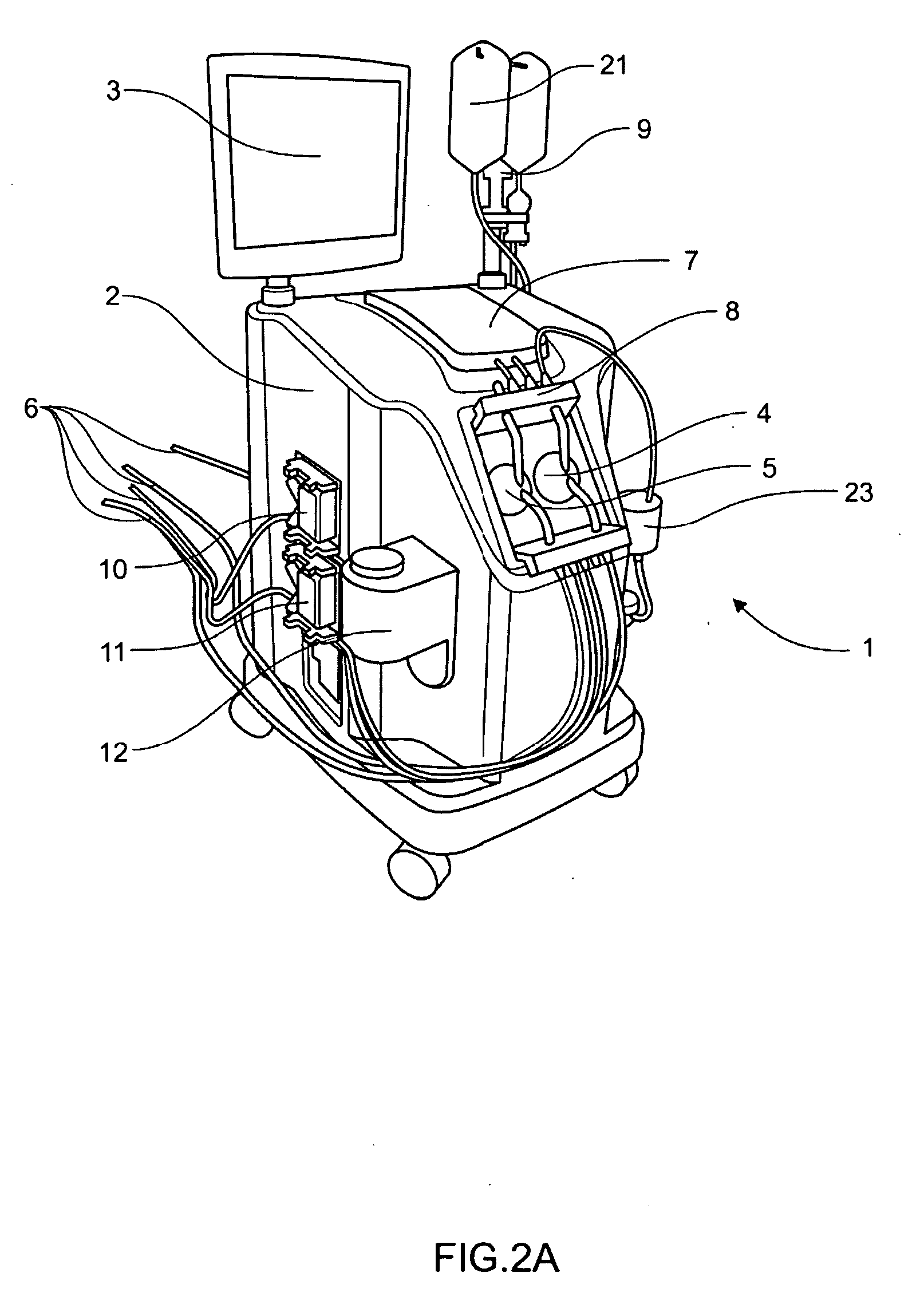Systems, Devices and Methods for Cardiopulmonary Treatment and Procedures
a cardiopulmonary and systemic technology, applied in the field of systems, devices and procedures for cardiopulmonary treatment and procedures, can solve the problems of pulmonary, renal and cerebral dysfunction, pulmonary and renal failure, and the volume of extra fluid to be delivered to the patient, so as to reduce the shear force and reduce the hard snapping of the membrane
- Summary
- Abstract
- Description
- Claims
- Application Information
AI Technical Summary
Benefits of technology
Problems solved by technology
Method used
Image
Examples
Embodiment Construction
[0101]Definitions. As used in this description and the accompanying claims, the following terms shall have the meanings indicated, unless the context otherwise requires:
[0102]“Spheroid” means any three-dimensional shape that generally corresponds to a oval rotated about one of its principal axes, major or minor, and includes three-dimensional egg shapes, oblate and prolate spheroids, spheres, and substantially equivalent shapes.
[0103]“Hemispheroid” means any three-dimensional shape that generally corresponds to approximately half a spheroid.
[0104]“Spherical” means generally spherical.
[0105]“Hemispherical” means generally hemispherical.
[0106]“Dithering” a valve means rapidly opening and closing the valve.
[0107]“Pneumatic” means using air or other gas to move a flexible membrane or other member.
[0108]“Substantially tangential” means at an angle less than 75° to a tangent, or in the case of a flat wall, at an angle of less than 75° to the wall.
[0109]“Fluid” shall mean a substance, a li...
PUM
 Login to View More
Login to View More Abstract
Description
Claims
Application Information
 Login to View More
Login to View More - R&D
- Intellectual Property
- Life Sciences
- Materials
- Tech Scout
- Unparalleled Data Quality
- Higher Quality Content
- 60% Fewer Hallucinations
Browse by: Latest US Patents, China's latest patents, Technical Efficacy Thesaurus, Application Domain, Technology Topic, Popular Technical Reports.
© 2025 PatSnap. All rights reserved.Legal|Privacy policy|Modern Slavery Act Transparency Statement|Sitemap|About US| Contact US: help@patsnap.com



